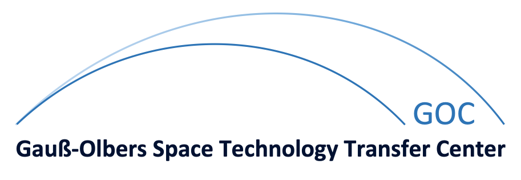Comparison of Diversity Schemes for LEO Satellite Communication Systems
| Autoren: | V. Kühn, K.-D. Kammeyer, S. Fischer |
| Kurzfassung: | This paper discusses effects of satellite diversity for a LEO (Low Earth Orbit) satellite communication system. The LMS (Land Mobile Satellite) channel of a LEO system is frequency-nonselective and so frequency diversity cannot be exploited. Also the use of time diversity is limited if speech transmission is desired, because of the small interleaver delay time allowed. Considering these two facts space diversity is an important possibility to improve the transmission quality of a satellite communication system. Furthermore, the use of multiple satellites for transmission reduces the probability of a shadowed link. The diversity effects are analyzed with the help of a transmission model based on the Globalstar system. This is a LEO satellite communication concept which uses CDMA (Code Division Multiple Access) technology. Applying this technology, the signals from different satellites can be combined with a Rake receiver. This method is designated in the Globalstar system supported by a convolutional code of rate R=1/2 and constraint length cl=9. Instead of transmitting the same convolutionally encoded bits on both channels, a new approach with a rate R=1/4 turbo code (cl=3, 5) is presented. The turbo coded bits are split on both satellites in a way that both channels get the same systematic bits but different code bits. This new scheme performs better compared to the Globalstar system and in addition to that, the same amount of processing time or even less is needed. |
| Dokumenttyp: | Konferenzbeitrag |
| Veröffentlichung: | Rethymnon, Crete, 8. - 15. Juli 2001 |
| Konferenz: | 5th World Multi-Conference on Circuits, Systems, Communications and Computers (CSCC 01) |
| Index: | 181 |
| Dateien: | BibTEX |
Zuletzt aktualisiert am
25.04.2008
von
Admin
© Arbeitsbereich Nachrichtentechnik - Universität BremenImpressum / Kontakt







